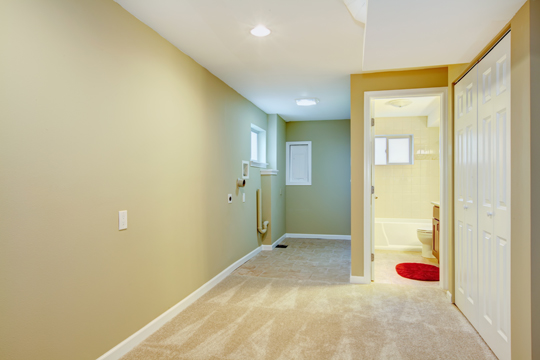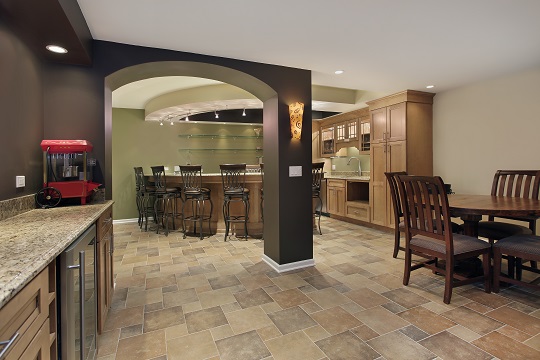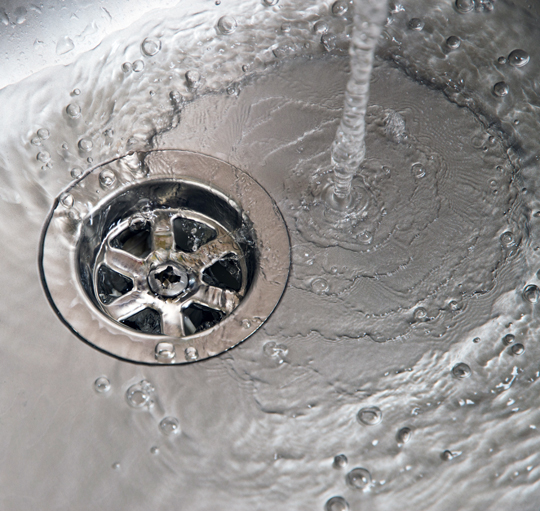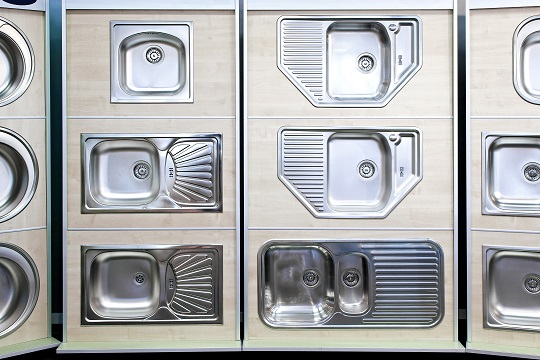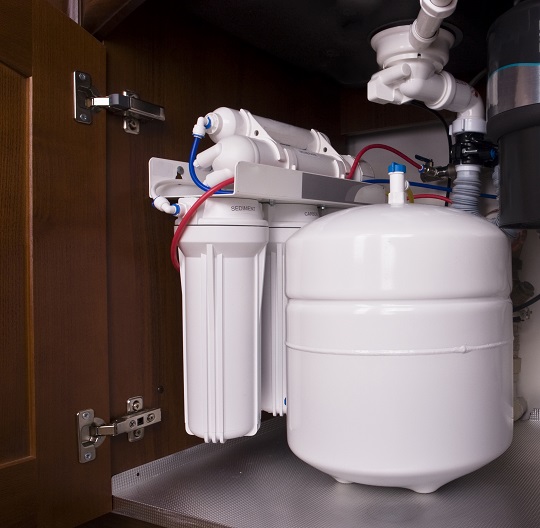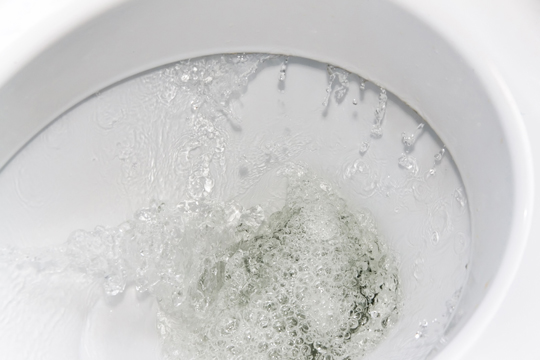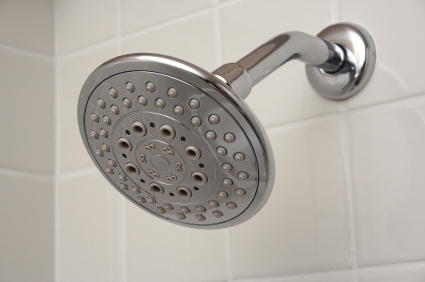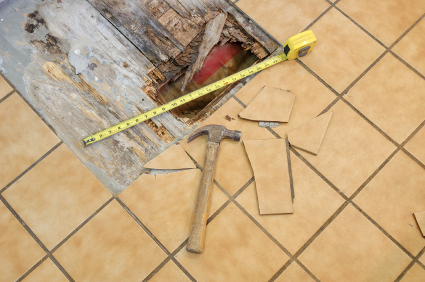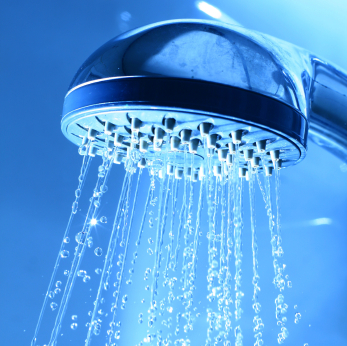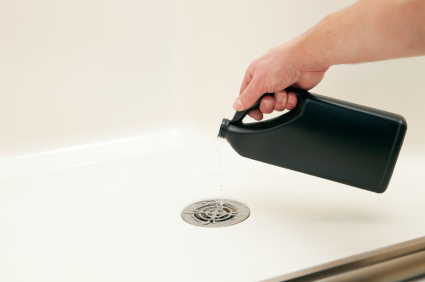Remodeling a basement is a chance to let your taste speak for itself. You can turn that room into anything you want it to be. Maybe you want to relax, or maybe you want a work station. Maybe you are even adding on to the family and need a new bedroom or playroom. No matter what your ideas for remodeling a basement are, to achieve the ultimate convenience, you’ll need a bathroom.
When toying with ideas for remodeling a basement bathroom, consider these tips:
– Water can be messy. Make sure there aren’t already leaks or issues with piping before you get started. Double-checking that now can save you a world of trouble later. Check the outside walls for moisture, check the downspouts to make sure they aren’t clogged, and examine for any signs of possible flooding. Basements and bathrooms are both already the most common sites for mold growth. Insuring there is little to no extra water will help avoid increasing that risk.
– Piping can be tough. Generally, it is easier to add a bathroom where there already is a bathroom. If it’s at all possible for your basement bathroom to go beneath an existing bathroom, your piping and water work will be significantly easier. However, in some cases, this is just not possible. If not, make sure that you know how much of which supplies you need so you don’t have to leave the pipes unconnected.
– Lighting in bathrooms is a big deal. If there’s one room of the house you’d prefer to be well-lit, it’s probably the bathroom. Since basements don’t typically have windows, you want to consider what kind of lighting scheme you need in your basement bathroom to illuminate the room in case there are days when you need to follow your entire hygiene routine there.
You Will Most Likely Need Some Help
Once you have decided exactly what you want in your basement bathroom, you’ll need to plan out the specifics of water, sewage, etc. This process should also involve contacting all of the necessary professionals to help on the project. Instead of spending hours doing so, just log on to TalkLocal and get it taken care of in minutes.
Our exciting new service instantly connects you with local professionals who are able to help. It’s easy and free.

